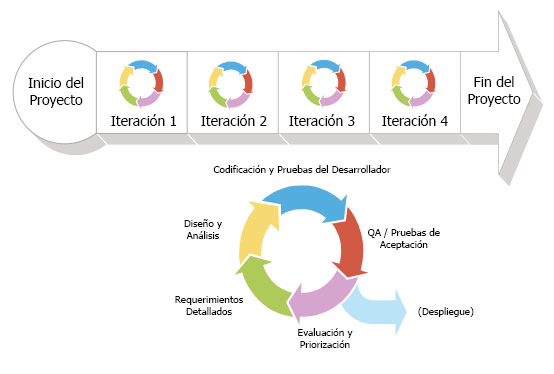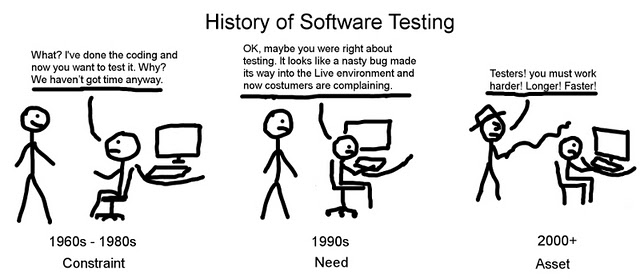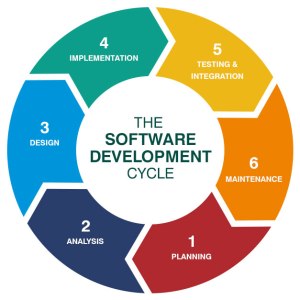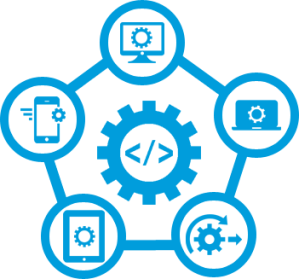Just as ASD (Agile Software Development), the waterfall model for software development gets the job done. The question is: How? Unlike ASD development, this methodology is sequential, you can’t skip one step just like that, you’ll need thousands of reasons to do it. Waterfalls always flow from top to bottom, and it is the same way in the technical concept. There are five main stages in the waterfall methodology:![]()
- Requirements
- Design
- Implementation
- Verification
- Maintenance
As you can see, the stages are basically the same as in ASD. But the difference is that it is sequential. In this context, sequential means much more than just a structure. It paves the way of the development. I consider this methodology to be excessively sequential. When an stage is over or completed, once you step on the next phase, you never go back. That means that in order to step into the design phase, the project requirements must be heavily specified, because as I said, there is no turning back.
There are a few situations in which is better to use Waterfall methodology, according to Base36 Inc., these are the top three situations:
1. When there is a clear picture of what the final product should be.
2. When clients won’t have the ability to change the scope of the project once it has begun.
3. When definition, not speed, is key to success.
Credits to: PlainIcon.com and WallPaperSafari.com










 After this, the BOOM of software development started. The 70’s saw the growth of interfaces, that allows the developer to break the project into pieces. Then the 80’s gave birth to the famous “object-oriented programming”, that changed the way a user interact with the computer, by the Graphical user interface (GUI); now the device was more
After this, the BOOM of software development started. The 70’s saw the growth of interfaces, that allows the developer to break the project into pieces. Then the 80’s gave birth to the famous “object-oriented programming”, that changed the way a user interact with the computer, by the Graphical user interface (GUI); now the device was more , but bad code writing
, but bad code writing .
.

